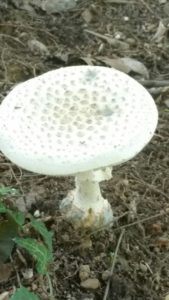Blog
Amazing Biodiversity in the Great Smoky Mountains
The term “biodiversity” refers to the variety of plants, fungi, animals, and other organisms that can be found in a particular location. The Great Smoky Mountains is the most biodiverse park in the National Park System. The more than 800 square miles of the park contains more than 19,000 documented species. Some scientists believe an additional 80,000 to 100,000 species may be found here.
What are the Reasons for such Biodiversity?
According to the National Park Service, mountains, climate, and weather are the big reasons. http://www.nps.gov/grsm/learn/nature/index.htm The Smokies are among the oldest mountain ranges in the world. The plant-covered mountains were formed as long as 300 million years ago. Elevations in the park range from 850 to 6,643 feet. This range is similar to what one would find from Georgia to Maine. More than 95% of the park is covered with forest, much of it old-growth. The park is home to 100 species of native trees. The abundant rainfall and high humidity provide good growing conditions. It is interesting to note that the relative humidity in the Smokies in the summertime is about twice that of the Rocky Mountain region.
The north/south positioning of the Appalachian chain allowed the Smokies to become a home for many plants and animals that sought refuge from the glaciers of the last ice age. More than 1,500 flowering plant species have been identified in the Great Smoky Mountains National Park. Scientists report that the park also is home to more than 200 bird species, 68 species of mammals, 67 native fish species, 39 species of reptiles, and 43 species of amphibians.
The University of Tennessee has worked with the Great Smoky Mountains National Park to create the Species Mapper. The Species Mapper uses information from observations and research studies to predict where various species may be found in the Park. As more observations are added to the model, it becomes more accurate.
We will use this blog space to share an occasional series of articles focusing on the amazing biodiversity of our area.





Gatlinburg Weather
Click for weather forecast